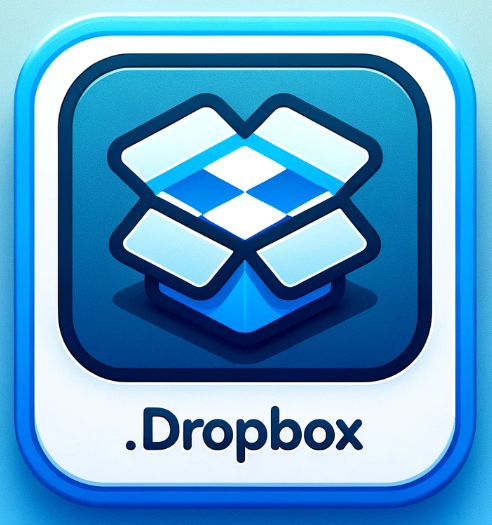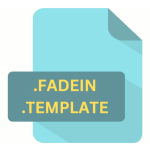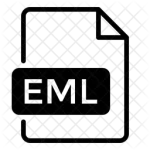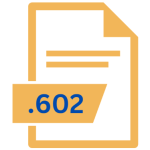.DROPBOX File Extension

Dropbox Shared Folder Tracker
| Developer | Dropbox |
| Popularity | |
| Category | Text Files |
| Format | .DROPBOX |
| Cross Platform | Update Soon |
What is an DROPBOX file?
The Dropbox Shared Folder Tracker file, commonly known for its file extension, is a unique type of file used by Dropbox, a popular cloud storage service.
This file plays a crucial role in tracking and syncing shared folders across different devices and users.
More Information.
Initially, Dropbox was designed to simplify file sharing and storage in the cloud.
The .dropbox file was introduced to manage shared folders more efficiently, ensuring that all participants in a shared folder have up-to-date files.
Origin Of This File.
The .dropbox file extension originated from Dropbox Inc., the company behind the Dropbox service.
It was developed as a part of Dropbox’s effort to streamline the process of sharing and synchronizing folders across various platforms.
File Structure Technical Specification.
.dropbox files are typically small and contain metadata rather than actual file content.
This metadata includes information about the files in the shared folder, such as file names, sizes, modification dates, and sync status.
How to Convert the File?
Converting files to different formats can be achieved through various methods depending on the operating system or device.
Here’s a guide for each platform:
Windows
- Built-in Tools: For basic file type conversions (like documents and images), you can use built-in tools like Microsoft Paint or Word.
- Third-Party Software: For more complex conversions, download and install a third-party file conversion software. Tools like Format Factory, Any Video Converter, or Adobe Acrobat for PDF conversions are popular choices.
- Online Services: Use online conversion services like Zamzar or CloudConvert. Upload your file, choose the desired format, and download the converted file.
Linux
- Command-Line Tools: Linux users often use command-line tools for file conversion. For instance,
imagemagickfor image conversions,ffmpegfor video, andpandocfor document conversions. - Graphical Tools: Use graphical programs like GIMP for image conversion or LibreOffice for document format changes.
- Online Tools: As with Windows, online conversion services are also a viable option.
Mac
- Preview for Images: Use the Preview app for basic image conversions. Open the file in Preview, click on ‘File’, and then ‘Export’ to choose a different format.
- iMovie for Videos: Convert video files using iMovie. Import your video and then export it in the desired format.
- Third-Party Applications: Applications like HandBrake for video, Audacity for audio, and Adobe Acrobat for PDFs are useful for more specific needs.
Android
- App Store Applications: Download file conversion apps from the Google Play Store. Apps like File Converter, Media Converter, or The File Converter cater to various file types.
- Online Services: Use web-based converters through a browser, as on a desktop.
iOS
- App Store Applications: Use file conversion apps available on the App Store. Examples include The File Converter, Documents by Readdle, or Online Convert.
- Online Tools: Access online conversion tools through a browser, similar to Android.
Advantages And Disadvantages.
Advantages:
- Enhanced Collaboration: Facilitates seamless teamwork by keeping track of changes and updates.
- User-Friendly: Easy to understand and utilize, even for non-technical users.
- Cross-Platform Compatibility: Compatible with a range of operating platforms and devices.
Disadvantages:
- Dependency on the Internet: Requires an active Internet connection for real-time tracking.
- Potential Privacy Concerns: Tracking features might raise privacy issues among some users.
- Limited to Dropbox: Exclusively available for Dropbox users, limiting its applicability.
How to Open DROPBOX?
Open In Windows
- Download and Install: Go to the Dropbox website and download the Dropbox for Windows application. Install it following the on-screen directions.
- Sign In: Once installed, open the application and sign in with your Dropbox account details.
- Access Files: After logging in, you can access your Dropbox files directly from the Dropbox folder in your file explorer.
Open In Linux
- Download and Install: Download the Dropbox package for Linux from the official Dropbox website. Choose the right package for your distribution (e.g., Ubuntu, Fedora).
- Install via Terminal: Use terminal commands to install the package. For example, in Ubuntu, you might use
sudo dpkg -i <file_name>.deb. - Run Dropbox: After installation, run Dropbox. A Dropbox icon should appear in your system tray.
- Sign In and Access: Sign in to your Dropbox account to access and sync your files.
Open In MAC
- Download and Install: Download the Dropbox application for macOS from the Dropbox website and install it.
- Sign In: Open the application and log in with your Dropbox credentials.
- Access Files: Your Dropbox folder will be in the Finder, where you can access all your synced files.
Open In Android
- Download the App: Go to the Google Play Store and download the Dropbox app.
- Sign In: Open the app and sign in with your Dropbox account.
- Use Dropbox: Access, upload, and manage your files directly from the app.
Open In IOS
- Download the App: Download the Dropbox app from the Apple App Store.
- Sign In: Open the app and log in with your Dropbox credentials.
- Access Files: Use the app to access and manage your Dropbox files.
Open in Others
- Using a Web Browser: Open a web browser and go to the Dropbox website.
- Sign In: Log in with your Dropbox account details.
- Access Files: Manage and access your files directly from the web interface.













